NK39 Four Countries in Eleven Days - Botswana, South Africa, Zambia and Zimbabwe (11 days, 10 nights)
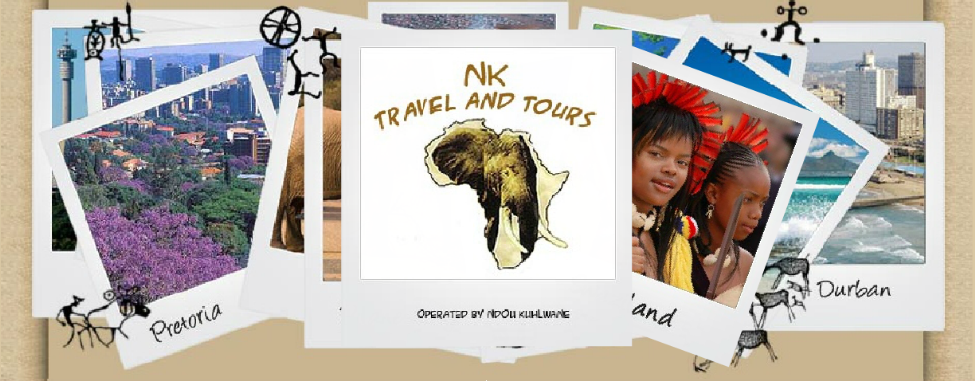
NK39 Four Countries in Eleven Days – Botswana, South Africa, Zambia and Zimbabwe (11 days, 10 nights
|
Minimum 4 Passengers |
R 32 260 pp |
Pick up is in Johannesburg or Pretoria unless otherwise arranged
ABOUT THE TOUR
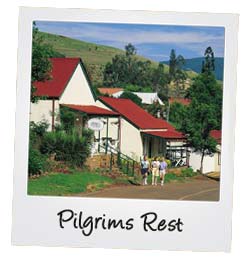 MPUMALANGA (SOUTH AFRICA)
MPUMALANGA (SOUTH AFRICA)
“The land of the rising sun” or simply put “where the sun comes from”. The province is synonymous with the Kruger National Park - one of Africa’s best game parks. This province has some spectacular scenery in the mountainous area known as the Escarpment just some few hours’ drive from the Kruger National Park. The Escarpment has some stunning views. God’s Window, Bourke’s Luck Potholes - the cylindrical and rather alien-looking deep potholes filled with green water are carved into the rock by whirlpools where two rivers converge - and the Three Rondavels are among the most famous places on the lip of the Escarpment. The views of the Blyde River Canyon are the most famous of them all.
This tour will take you through some of the little forestry towns like Graskop, Sabie and Hazyview. Pilgrim’s Rest, a reconstructed mining settlement from the 1870’s gold rush days is worthy visiting. The whole little town is a museum and a national monument.
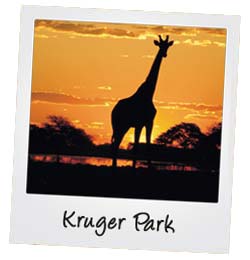 KRUGER NATIONAL PARK
KRUGER NATIONAL PARK
Established in 1898 the KRUGER NATIONAL PARK WILL OFFER YOU A WILDLIFE EXPERIENCE OF A LIFETIME. Arguably the emblem of South African tourism – the place that delivers what most visitors to Africa want to see – scores of elephants, lions, and a cast of thousands of other game roaming the savanna. This park stretches across Limpopo and Mpumalanga provinces, hugging the Mozambique border. The park covers over 20 000 square kilometers – an area the size of Wales – 350km from the Limpopo River in the north (South Africa’s border with Zimbabwe) to the Crocodile River in the south and 80km east to west. The Kruger National Park is home to an impressive 336 species of trees, 49 species of fish, 34 species of reptiles, 507 species of birds (some of which are not found anywhere else in South Africa) and 147 species of mammals that include THE BIG FIV -, leopard, lion, elephant, buffalo and rhino.
ZIMBABWE
Born many millions of years ago, Zimbabwe wears its age gracefully. This ancient land, whose rocks are among Planet Earth’s oldest, is a beautiful country that boast of the majestic Victoria Falls, magnificent wildlife preserves and the medieval ruins of Great Zimbabwe.
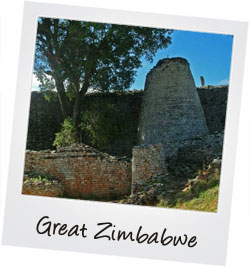 GREAT ZIMBABWE
GREAT ZIMBABWE
The Great Zimbabwe or ‘house of stones’ is the name given to the fascinating stone ruins within the modern day country of Zimbabwe, which itself is named after the ruins. Great Zimbabwe was built throughout the period from the 11th century to the 15th century. The ruins are some of the oldest and largest structures in Southern Africa. The ruins are built entirely of stone with no mortar between the stones.
BULAWAYO
Bulawayo is the second largest city in Zimbabwe and houses the country’s main museums, theatres, art and craft centre and the Chipangali Wildlife Orphanage. About 20 minutes drive out of Bulawayo, there are the Matopo Hills - a world heritage site that exhibits a profusion of distinctive rock landforms rising above the granite shield that covers much of Zimbabwe. Matopo Hills are of great historical and spiritual significance, with art and artifacts dating back thousands of years. These hills have long been the scene of ceremonies and rituals. The founder of the Ndebele Nation, Mzilikazi, is interred here in a hillside tomb with his possessions including wagons and furniture sealed for over a century in a cave nearby, and visitors can view this fascinating collection through small openings in the rocks. Matopo National Park – within which the Matopo Hills lie - is an area of immense botanical variety with wooded valleys, grassy marshlands and streams between the hills. Some parts of this Park are accessible only on foot or horseback, except the Whovi Wilderness Area Game Park where you have to be in your vehicles to view some of the larger mammals such as rhinos, leopards, monkey, zebra, klipspringer and many more. Cecil John Rhodes, founder of Rhodesia lies buried in one of the hills called World’s View.
One of the attractions of the Matopo Hills is the Lizard feeding that takes place at World’s View. At feeding time, a ranger calls out to the rocks, then from underneath various boulders, scores of rainbow-hued lizards appear and race across the rocks and even climb on the ranger to get their share of food.
HWANGE NATIONAL PARK
Largest Game Reserve in Zimbabwe. The park is situated on the main road between Bulawayo and Victoria Falls. This park covers 14 654 square kilometers. This park carries 105 mammal species that include elephant, lion, gemsbok, brown hyena and one of the largest surviving groups of the African wild dogs population.
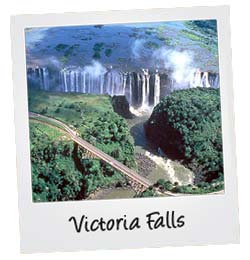 VICTORIA FALLS
VICTORIA FALLS
The Victoria Falls or Mosi-oa-Tunya (the Smoke that Thunders) is a waterfall, situated in Southern Africa on the Zambezi River between the countries of Zambia and Zimbabwe. The Falls are one of the largest waterfalls in the world. The total width of the falls is more than one and a half kilometers. The depth of the falls ranges between 100 and 116 metres.
LIVIGSTONE (ZAMBIA)
Livingstone is a historic colonial city and the present capital of the Southern Province of Zambia. This town is a tourism centre of Mosi-oa-Tunya (the Smoke that Thunders) known to many as the Victoria Falls. Lying just some 10km north of the Zambezi River, Livingstone is a border town to Zimbabwe on the other side of the Falls.
CHOBE NATIONAL PARK (BOTSWANA)
The Chobe National Park is the second largest National Park in Botswana and covers 10 566 square kilometers. This park has one of the greatest concentrations of game found on the African continent. Its uniqueness in the abundance of wildlife and the true African nature of the region offers a Safari of experience of a lifetime.
ITINERARY DAY ONE
PANORAMA ROUTE (MPUMALANGA PROVINCE)
Guests are picked up from their hotel between 7am and 9am. We drive to the Mpumalanga Province and visit the small historical towns of Graskop, Hazyview and Pilgrims Rest – a reconstructed mining settlement from the 1870s’ gold rush days. The whole little town is a museum and a national monument. Along the way we enjoy seeing some exciting scenery - gorges, landscapes, God’s Window, waterfalls and Bourke’s Luck Potholes - the cylindrical and rather alien-looking deep potholes filled with green water are carved into the rock by whirlpools where two rivers converge. After checking in at our lodge just outside the Kruger National Park we visit Shangana Cultural Village. Shangaan is one of the tribes in South Africa and the village is a genuine Shangaan village presided over by Chief Israel Ngobeni who has lived in this village for more than 35 years. The hour-long tour of the kraal (traditional rural village) is followed by the chief hosting a firelit song and dance performance portraying the history of the Shangaan people. Traditional dinner of pap (corn porridge) and stew is served in traditional plates made of wood.
DAY TWO
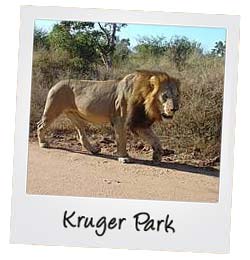 GAME DRIVE – KRUGER NATIONAL PARK
GAME DRIVE – KRUGER NATIONAL PARK
The early bird catches the worm. We start the day as early as the gate to the Kruger National Park opens. The early morning game drive will give us a chance to see more animals in the park. We have breakfast at around 9am at Skukuza – the main camp of the Kruger National Park. After breakfast we continue with our game drive, stopping for lunch (at own expense) in the afternoon. A sunset game drive in the open vehicles is optional at own expense.
DAY THREE
GAME DRIVE – KRUGER NATIONAL PARK
We have breakfast early before we start our morning game drive. We spend the whole day on a game drive, stopping for lunch and checking in at another camp, in the north of the Kruger National Park.
DAY FOUR
We start the day with a morning game drive in open vehicles. After this morning game drive we have breakfast in the camp and then leave the camp to exit the Kruger National Park at Pafuri gate to head for Musina- the northernmost town in South Africa and border to Zimbabwe, where we spend the night.
DAY FIVE
GREAT ZIMBABWE
After breakfast, we drive to the Beitbridge border post (one of the busiest road border posts in the world) where we will enter Zimbabwe. Leaving South Africa behind, we drive for +/-3hours to the Great Zimbabwe Ruins in the south-eastern province of Masvingo. From Beitbridge to Great Zimbabwe, we travel through savannah landscape dominated by attractive granite hills. Situated on the south-eastern edge of the central plateau, Great Zimbabwe is the largest pre-colonial monument south of the pyramids of Egypt. Great Zimbabwe is a national monument and a UNESCO World Heritage site. We have a guided tour of this most celebrated achievement of the African people. On the tour we walk amongst the ruins of an ancient city built by the Rozvi people and discover how they lived, how they mined gold and silver which were ultimately taken out of Africa by Arabic and Portuguese traders. After this tour we have lunch at a nearby hotel. We then leave the hotel after lunch and head for the capital of Masvingo Province, by the same name Masvingo. Masvingo is the oldest colonial settlement in Zimbabwe. We spend a night at a hotel in Masvingo.
DAY SIX
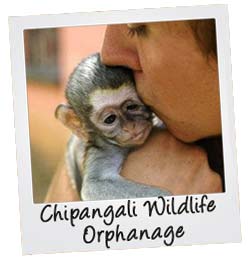 CITY OF BULAWAYO & CHIPANGALI WILDLIFE ORPHANAGE
CITY OF BULAWAYO & CHIPANGALI WILDLIFE ORPHANAGE
After breakfast at the hotel, we start our journey to the second biggest city of Zimbabwe - Bulawayo - passing through some asbestos mining towns of Mashava and Zvishavane and Mbalabala. Just some few kilometers before we reach Bulawayo, we stop at Chipangali Wildlife Orphanage – not a zoo, but a home to orphaned, abandoned and sick wild animals. A visit into this wildlife orphanage gives insight into the plight of some of the wild animals. From Chipangali Ophanage we reach Bulawayo where we check in at a hotel or lodge. After lunch we will go on tour of the city of Bulawayo that will take us to the Natural History Museum, one of the best of its kind in the Southern Hemisphere, The Bulawayo Art Gallery, City Hall, and many more.
DAY SEVEN
MATOPO HILLS
After an early breakfast we leave for Matopo National Park which is in the outskirts of Bulawayo, where we will see the dramatic hills and granite rocks known as Matopo meaning ‘Bald headed ones’. At Matopo Hills World’s View hill, we visit the burial place Cecil John Rhodes, founder of Rhodesia (present Zimbabwe), who named it after himself. We will also have a look of a Bushman cave. After lunch (at own account) in Bulawayo, we leave for Hwange National Park. When we have checked in at Hwange Safari Lodge in the late afternoon, guests will have an opportunity to relax at a pool.
DAY EIGHT
HWANGE NATIONAL PARK
An early morning game drive at this largest National Park in Zimbabwe will give us a good chance of seeing many animals that include The Big Five – elephant, lion, leopard, rhino and buffalo. After lunch we leave for Victoria Falls, which we reach in the late afternoon and check-in at our hotel or lodge.
DAY NINE
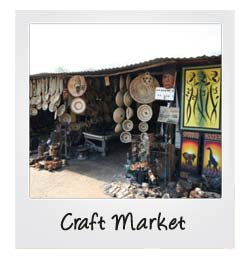 LIVINGSTONE & VICTORIA FALLS (ZAMBIA)
LIVINGSTONE & VICTORIA FALLS (ZAMBIA)
We cross the Zambezi river into Zambia at the famous Railroad Bridge. Just after crossing into Zambia we stop and watch the Victoria Falls before we drive to Livingstone, the capital of the Southern Province of Zambia. The town of Livingstone is named after David Livingstone, the Scottish visionary who had an insatiable appetite for exploration and a desire to open Africa to the world. The existence of the Falls had been known to locals before the white settlers arrived here. When David Livingstone heard of the Mosi-oa-Tunya (the Smoke that Thunders), he asked to be taken there by dugout canoe. On November 16, 1855, he reached the spectacle of the Waterfalls for the first time.
In Livingstone, we visit the Livingstone Museum before taking a walk through Maramba Market. From the Market, we drive to one of the hotels by the Zambezi river bank, where we will enjoy a spectacular lunchtime cruise. We return to our hotel or lodge in Victoria Falls in Zimbabwe in the afternoon.
DAY TEN
CHOBE NATIONAL PARK (BOTSWANA)
After an early breakfast, we drive for +/-70km to enter Botswana at Kazungula Border Post and drive to the famous Chobe National Park – the second largest National Park in the country. The day’s activities are a game drive in open vehicles and a river cruise. In between the game drive and the river cruise, lunch will be taken at a water-front lodge with a swimming pool. In the late afternoon, we hit the road, back to Victoria Falls in Zimbabwe.
DAY ELEVEN
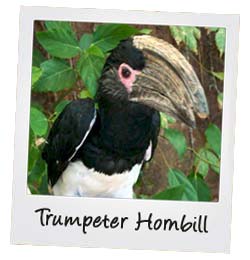 VICTORIA FALLS (ZIMBABWE)
VICTORIA FALLS (ZIMBABWE)
After breakfast at the hotel or lodge, we have a short drive to the Falls. The Victoria Falls are one of the most spectacular natural wonders of the world. The Falls measure 1708 metres. On average, the curtain is 0.92 metres. The spray plume can rise to half a kilometer and can be seen some 70km away. In full flood over 550 million litres of water cascade over the brink. There are numerous safe points provided, from where you will be able to get various views of the Falls and the roiling water as it crashes into the gorge and the constant plume of spray that maintains the rain forests (you may need to wear a raincoat).
The forests at the Falls are attractions on their own. Some trees there are marked to help identification. They include Mahogany, Date Palm, Milkwood and many others. Birdlife is also present and some bird species that can be seen include Trumpeter Hornbill, and colourful Sunbirds. At the Falls there are curio and crafts shops with an enormous variety for guests to find something to take home. After viewing the Falls, we go back to our hotel or lodge where we check-out just before twelve noon and guests are transferred to other hotels or to the airport.